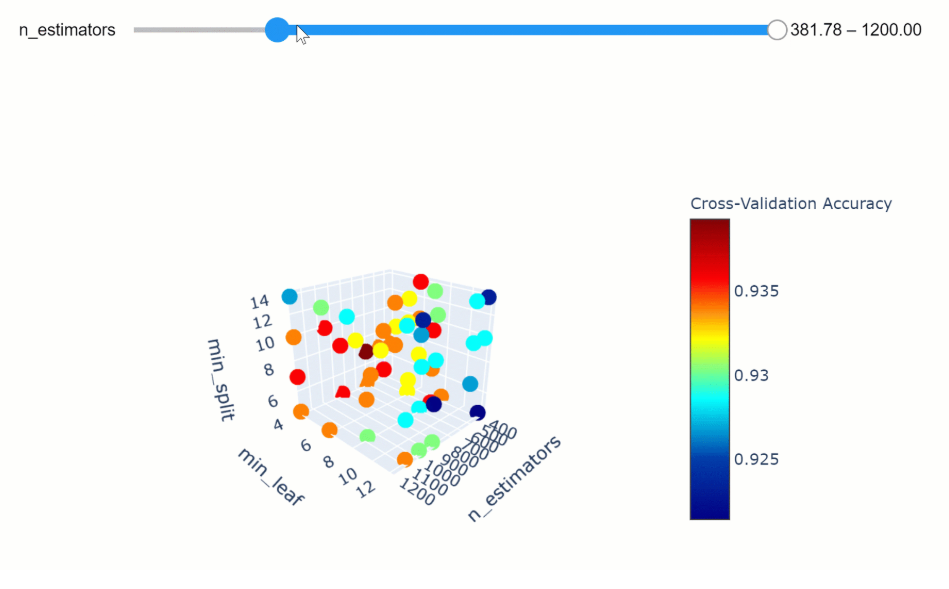NAS文本处理新篇章:提升文本理解和生成能力
发布时间: 2024-08-22 01:43:10 阅读量: 22 订阅数: 43 


NAS-and-QTS:NAS提示和注意事项

# 1. NAS文本处理概述**
NAS(神经架构搜索)是一种自动化机器学习技术,用于优化深度学习模型的架构。在文本处理领域,NAS已成为一种强大的工具,用于设计和优化文本理解和生成模型。
NAS文本处理的目的是通过搜索最佳的模型架构和超参数来提高模型在文本处理任务上的性能。这些任务包括文本分类、问答、文本摘要和机器翻译。NAS通过探索各种可能的架构和超参数组合,并根据特定任务的目标函数评估其性能,来实现这一目标。
NAS在文本处理中的应用极大地提高了模型的性能,并为定制模型以满足特定需求和应用程序开辟了新的可能性。
# 2.1 词法分析和句法分析
文本理解是自然语言处理 (NLP) 的核心任务之一,它涉及理解文本的含义。文本理解的第一步是词法分析和句法分析,它们是将文本分解为其组成部分并识别其结构的过程。
### 2.1.1 词法分析:识别单词和标记
词法分析是文本理解的第一阶段,它将文本分解为一系列单词或标记。标记可以是单词、标点符号或其他符号。词法分析器的作用是识别单词并为每个单词分配一个词性,例如名词、动词、形容词等。
```python
import nltk
# 创建一个词法分析器
tokenizer = nltk.tokenize.word_tokenize
# 输入文本
text = "自然语言处理是计算机科学的一个分支,它涉及理解和生成人类语言。"
# 进行词法分析
tokens = tokenizer(text)
# 打印标记
print(tokens)
```
**代码逻辑分析:**
1. 导入 NLTK 库。
2. 创建一个词法分析器,使用 `nltk.tokenize.word_tokenize` 函数。
3. 输入要分析的文本。
4. 使用词法分析器对文本进行标记化,将文本分解为单词和标记。
5. 打印标记化的结果。
**参数说明:**
* `tokenizer`: 词法分析器。
* `text`: 要分析的文本。
### 2.1.2 句法分析:构建句子结构
句法分析是文本理解的第二阶段,它将单词序列组织成一个层次结构,称为语法树。语法树表示句子中单词之间的关系和句子结构。
```python
import nltk
# 创建一个句法分析器
parser = nltk.parse.EarleyChartParser(nltk.data.earley.cfg)
# 输入文本
text = "自然语言处理是计算机科学的一个分支,它涉及理解和生成人类语言。"
# 进行句法分析
tree = parser.parse(text)
# 打印语法树
print(tree)
```
**代码逻辑分析:**
1. 导入 NLTK 库。
2. 创建一个句法分析器,使用 `nltk.parse.EarleyChartParser` 函数。
3. 输入要分析的文本。
4. 使用句法分析器对文本进行句法分析,生成语法树。
5. 打印语法树。
**参数说明:**
* `parser`: 句法分析器。
* `text`: 要分析的文本。
词法分析和句法分析是文本理解的基础,它们为后续的语义分析和语用分析提供了基础。
# 3.1 自然语言生成(NLG)
### 3.1.1 NLG的基本原理和技术
自然语言生成(NLG)是一种人工智能技术,它允许计算机将结构化数据或知识库转换为人类可读的文本。NLG系统通常由以下组件组成:
- **输入表示:**将结构化数据或知识库表示为计算机可理解的格式。
- **文本规划:**确定要生成的文本的结构和内容。
- **句子生成:**将文本规划中的内容转换为语法正确的句子。
- **表面实现:**将句子转换为人类可读的文本,包括拼写、语法和标点符号。
NLG技术包括:
- **模板化方法:**使用预定义的模板将结构化数据填充到文本中。
- **基于规则的方法:**使用一组规则将结构化数据转换为文本。
- **统计方法:**使用统计模型从训练数据中学习文本生成。
- **神经网络方法:**使用神经网络模型生成文本,这些模型可以从数据中学习文本
0
0





